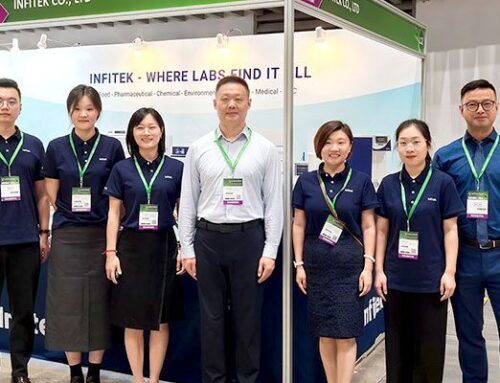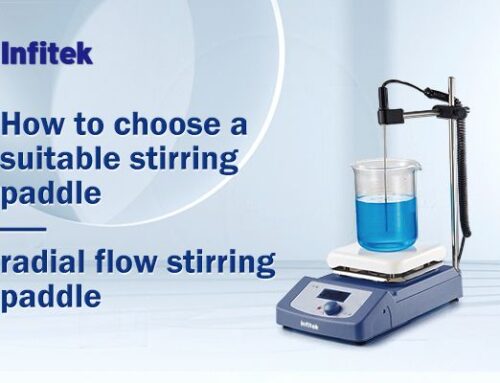Pipettes are indispensable tools in laboratories, enabling precise measurement and transfer of liquids. Whether you’re a seasoned scientist or a novice researcher, mastering the art of pipetting is essential for accurate experimental results. In this blog, we’ll explore the fundamentals of pipetting and share tips for maximizing your pipetting efficiency.
Understanding Pipettes:
Pipettes come in various types, including manual, electronic, and multichannel pipettes. Each type has its unique features and applications, but they all operate on the same principle of aspiration and dispensing.
Basic Pipetting Techniques:
Familiarize yourself with your pipette’s specifications, including volume range and accuracy.
Practice proper pipetting posture to minimize hand fatigue and ensure consistent results.
Master the technique of aspirating and dispensing liquids without introducing air bubbles or splashing.
Use the appropriate type of pipette tips for your experiments to prevent cross-contamination and ensure accurate measurements.
Tips for Efficient Pipetting:
Pre-wet your pipette tip by aspirating and dispensing the liquid without transferring it. This minimizes sample loss and ensures accurate volume delivery.
Calibrate your pipette regularly to maintain accuracy and precision.
Avoid pipetting liquids beyond the pipette‘s volume range to prevent damage and inaccuracies.
Take regular breaks during pipetting sessions to prevent hand strain and maintain concentration.
Practice good pipetting hygiene by cleaning and sterilizing your pipettes and tips after each use to prevent contamination.
Advanced Pipetting Techniques:
Master the technique of reverse pipetting for viscous or volatile liquids to ensure accurate volume delivery.
Learn how to perform serial dilutions and multi-step pipetting procedures efficiently.
Familiarize yourself with specialty pipettes such as adjustable volume and positive displacement pipettes for specific applications.
Troubleshooting Common Pipetting Issues:
Address issues such as inconsistent volume delivery, air bubbles, and tip blockages promptly to prevent experimental errors.
Check for proper tip attachment and seal to ensure accurate liquid transfer.
Troubleshoot calibration problems by verifying pipette calibration with a reliable standard.
Pipetting is both a science and an art that requires practice, precision, and attention to detail. By mastering basic pipetting techniques, adopting efficient pipetting practices, and troubleshooting common issues, you can become a proficient pipetter capable of producing reliable and reproducible experimental results. Embrace the challenge of mastering the art of pipetting, and let your precision shine in the laboratory.




Get Social